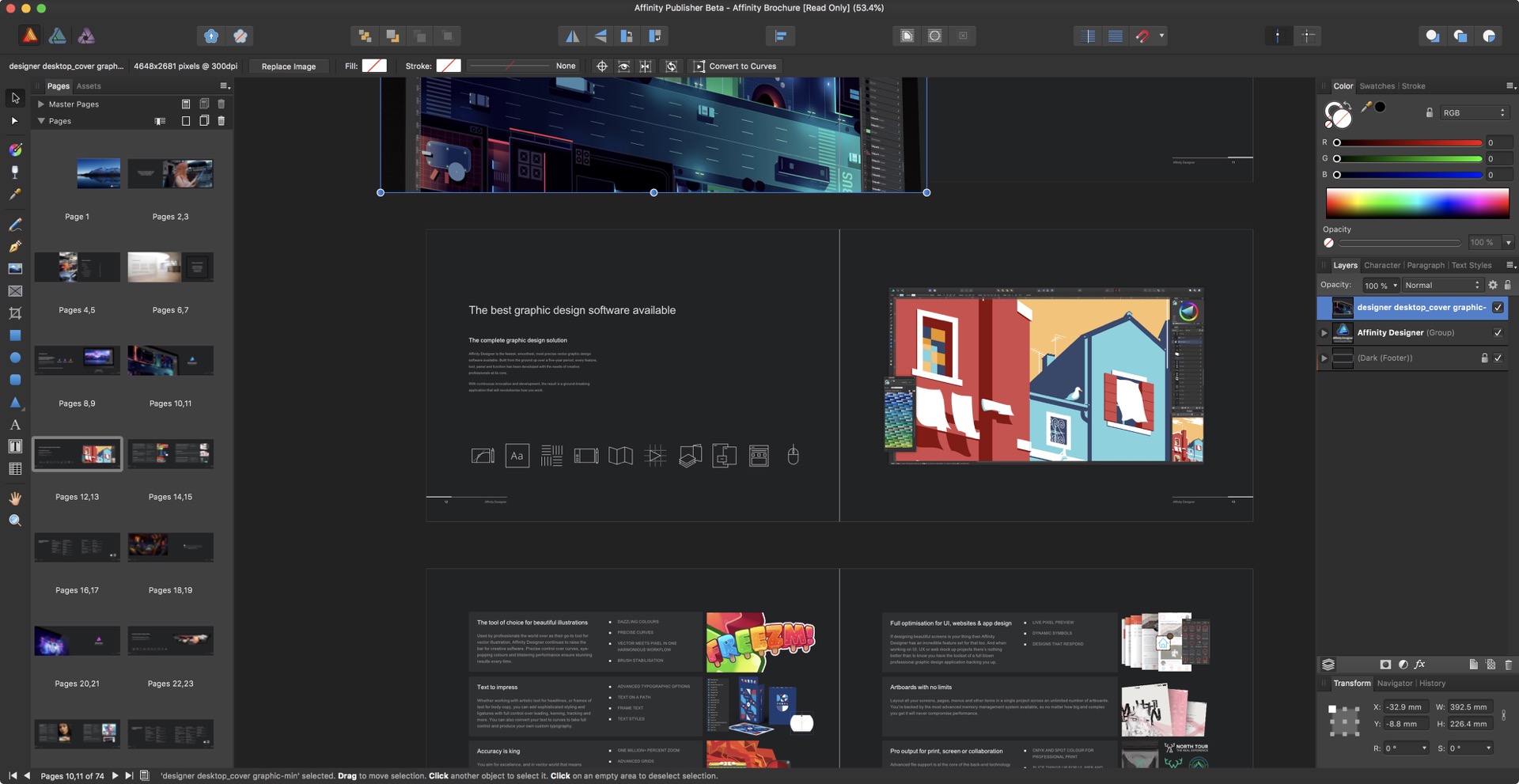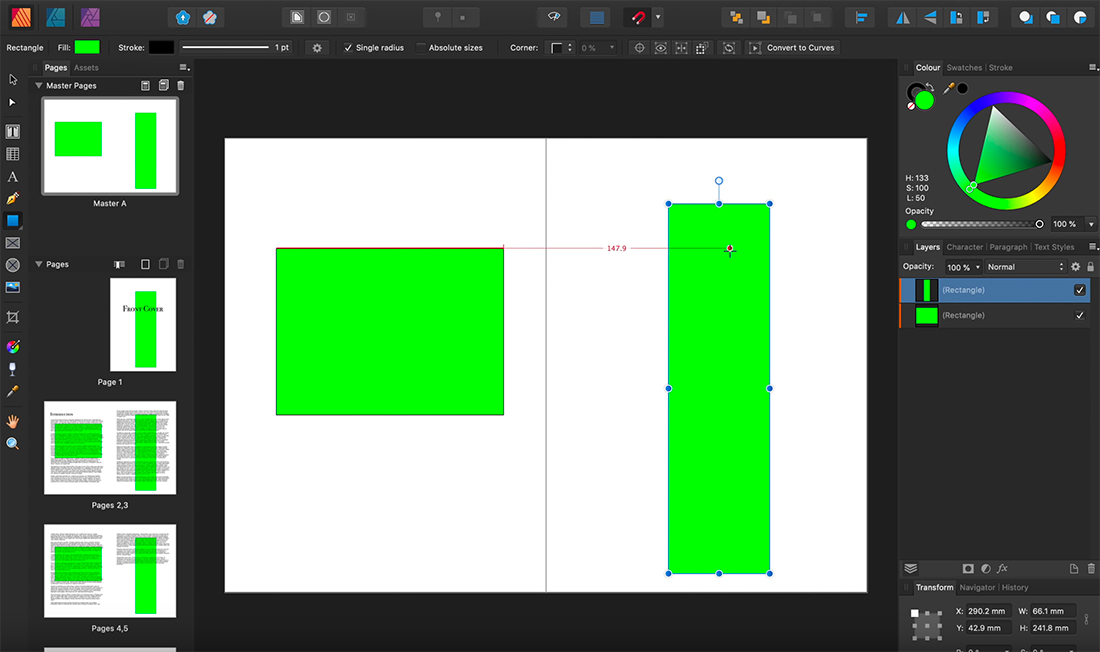

Type or paste the text of your book into the text box. Drag the Frame Text Tool across the page where you want the text to appear within the margins.Ĥ. Click the first page of the book in the Pages panel. That is, a Master Page with no formatting.ģ. To create a blank page, drag a previously created “Blank” master onto the page. Drag a master page onto any page to change it. Click the “New Page” icon to add a new page, or drag a master page into the Pages panel. Drag out a text frame to fill the page margins.Ģ. Click the first page in the Page panel to make it appear in the main window. Click the “New Master” in the Pages panel menu.ġ. Add additional master pages as needed to create a different layout for first pages of chapters, or pages without page numbers. Remember to put the page number on the opposite side of a facing page.ĥ. Repeat this process for the second master page if you are using facing pages. A hash symbol (#) indicates the page number.Ĥ.

The main display will show the first page of the document, the Right Side page of the two facing pages. The left navigation pane shows the Master A page associated with this document, and below that. The page size is shown against the dark background.ħ. You can enable or disable other options in the View toolbar. Note that each page has a blue line showing the margins. You can add and remove pages later using the Pages panel.Ħ. Enter a value in the “Number of Pages,” if desired. Specify your margins for each page in the Margins section if you need to. Use the Height and Width fields to set the page size, or select a Page Preset for the size you require. Check the “√ Default Master” option if you plan to use page numbers, footers or headers on each page. This also determines whether the Master Page has two pages side by side, or one single page.ģ. A print book should have “√ Facing Pages” checked, and an e-book should not. Select “Print” for a print book (or “Web” for an e-book). Click the “File” menu, select “New,” then the New Document window will open.Ģ. You can then focus on the layout of each page and add the content. Now you want the pages set up for the entire book, so you then create the layout for the master pages, which act as templates for all the pages of the book, so the layout for each type of page is consistent.
Affinity publisher master pages gone pdf#
First determine if you want an eBook or a Print Book, such as a PDF for example. You can also add columns that will affect all pages related to the master.You can use Affinity Publisher to create a professional-looking e-book or a book for print publication. You are now able to make global edits to your document by inserting text boxes and graphics the same way you would on the normal pages. Remember, there is a left and a right page to the master, so be sure you are on the page you want to be.Īlternatively, you can use the navigation tool at the bottom left of the screen to choose the A -Master page.


 0 kommentar(er)
0 kommentar(er)
